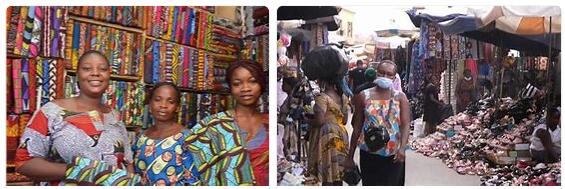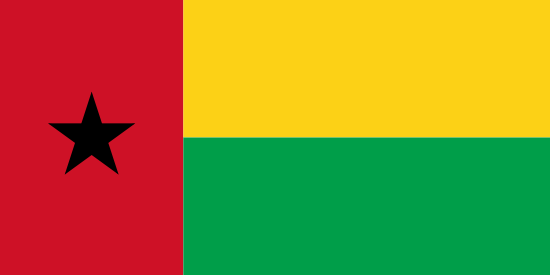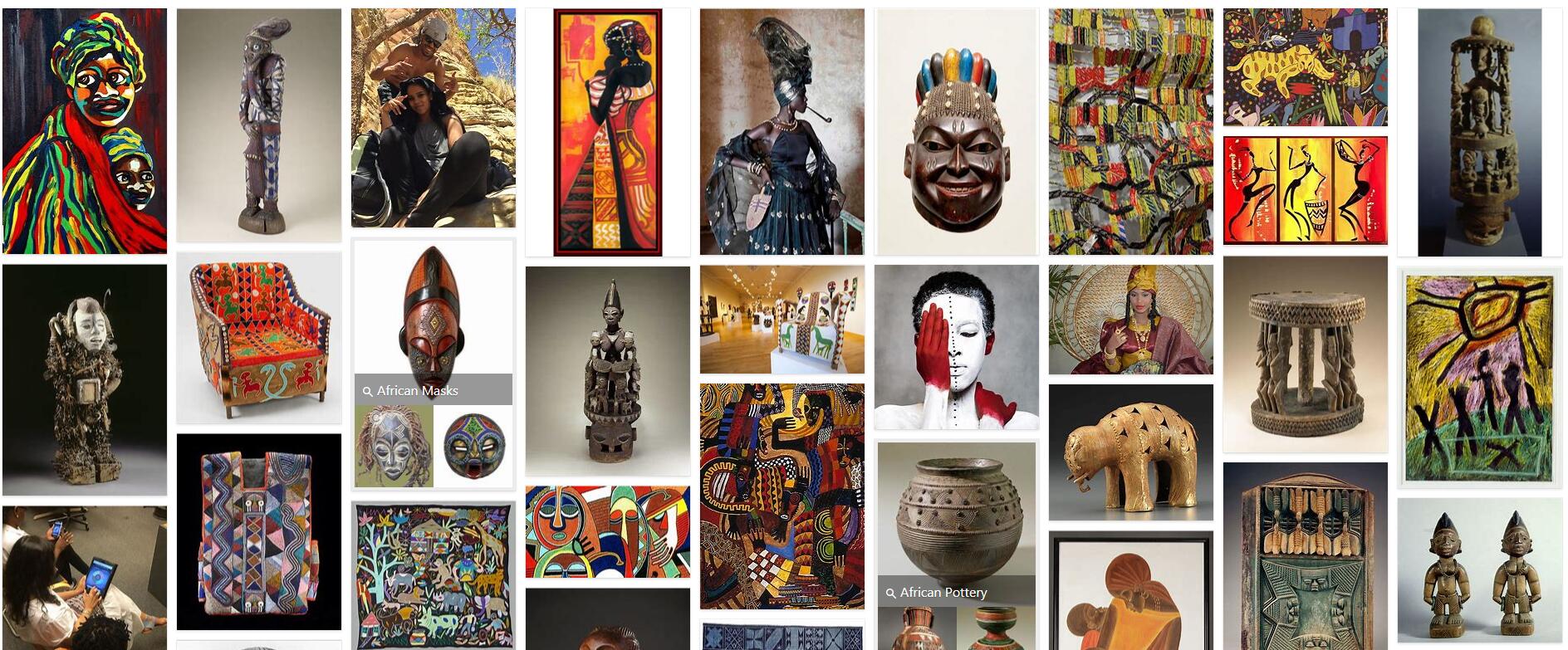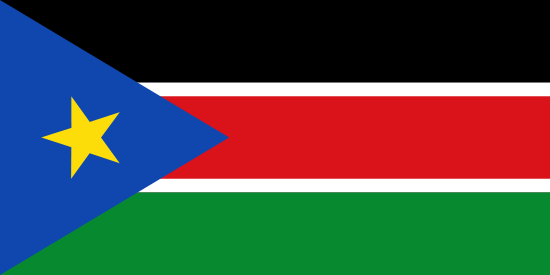Togo Economy
Business
Agricultural and mineral resources form the economic backbone of Togo. With a gross national income (GNI) of (2017) US $ 610 per resident, Togo is one of the low-income countries. The implementation of economic reforms – supported by the World Bank and the IMF – is showing the first positive results. After years of stagnation, the country recorded modest economic growth again from 2004, which rose to 5.2% by 2015. Togo is one of the most heavily indebted countries. Only since the parliamentary elections in 2007 has the country regained support from international donor states (resumption of EU development aid; 2009 debt rescheduling agreement with the IMF and subsequent partial debt relief). The economic recovery process was hampered by severe floods that destroyed part of the infrastructure in 2008.
Foreign trade: The foreign trade balance has been negative for years (import value 2013: 2.0 billion US $; export value: 1.0 billion US $). The main export products are re-exports (over 30%), cement and building materials, phosphate and cotton. The main imports are equipment and production goods – they make up around 23% of imports – as well as petroleum products and food. The most important trading partners include China, the EU countries (especially France and the Netherlands), India, Burkina Faso, Benin and Ghana.
Agriculture
According to Cheeroutdoor, the agricultural sector employs over half of the workforce and (2014) contributes 41.7% to the gross domestic product (GDP). Smallholder farms dominate, with an average of 1 to 3 hectares under cultivation. About half of the land is used for arable farming, and another fifth is used as pasture. The most important staple foods are corn, millet, cassava and yams. In years of drought, maize and millet in particular have to be imported. Rice, sugar cane, beans and peanuts are also of great importance. The main export crops are cotton, coffee and cocoa. While cotton is grown in all parts of the country, coffee and cocoa plantations are concentrated in the western part of the plateau. Regional focal points of livestock husbandry (especially sheep and goats) are Central Togo and the savannah area.
Forestry: The forest area is constantly decreasing; currently only about 4% of the country’s area is designated as forest (1990 just under 12%). The main reason for the reduction in forest stands is logging for firewood and charcoal.
Fishing: Fishing (catch in 2012: 19,300 t) is only practiced to a limited extent. Nevertheless, it is an important regional source of food and a small part is also processed industrially.
Natural resources
Despite falling production volumes, phosphate is the most important mining product (production volume 2014: 1.1 million t); the largest deposit, Hahotoé, is conveniently located on Lake Togo. In addition, diamonds (23 carats), gold (20,600 kg) and limestone are mined. Most of the other mineral resources (bauxite, iron, manganese, chrome ore) have not yet been developed.
Energy industry
The most important energy sources are still firewood and hydropower, which cover around two thirds of the energy demand. The commissioning of a 100 MW thermal power plant in Lomé in October 2010 doubled the electricity generation capacity in Togo and significantly improved the security of supply. Previously dependent on imports of electrical energy from Ghana, the country is now an electricity exporter.
Industry
The manufacturing industry is particularly focused on the processing of domestic basic and raw materials as well as agricultural products. Important industries are the processing of stone and earth (cement production), the food industry, the textile and clothing industry, fertilizer production and the wood industry. The regional focus is on the greater Lomé area; (Establishment of a free trade zone) and Dadja south of Atakpamé and Kara. The industrial sector (including mining and construction) generated 17.2% of GDP (2014).
Tourism
With around 263,000 visitors a year, tourism in Togo is of great economic importance. The country’s attractions include the sandy beaches on the coast, e.g. B. Robinson’s Plage near Lomé, as well as the national parks Fazao near Sokodé, Kéran near Kara and the Fosse aux Lions in the southwest of Dapaong.
Transportation
The large length of the national territory is one of the main obstacles to spatial development, with the central and northern parts of the country being less developed than the south. Togo’s traffic routes are also of great importance for the transit trade of the landlocked states of Burkina Faso, Mali and Niger. The most important line of the 568 km long railway network is the connection from Lomé to Blitta. The paved transit route from Lomé via Kara and Dapaong to Burkina Faso is the most important road connection of the 11,650 km long road network (around a quarter of which is paved). There are direct connections to Abidjan (Ivory Coast), Accra (Ghana), Ouagadougou (Burkina Faso) and Lagos (Nigeria) via Cotonou (Benin). Most of Togo’s overseas trade is handled via the port of Lomé (the only deep-water port in western Africa); Phosphate is v. a. executed via the port of Kpémé. There are international airports in Tokoin near the capital Lomé and in Niamtougou (northwest of Kara).



